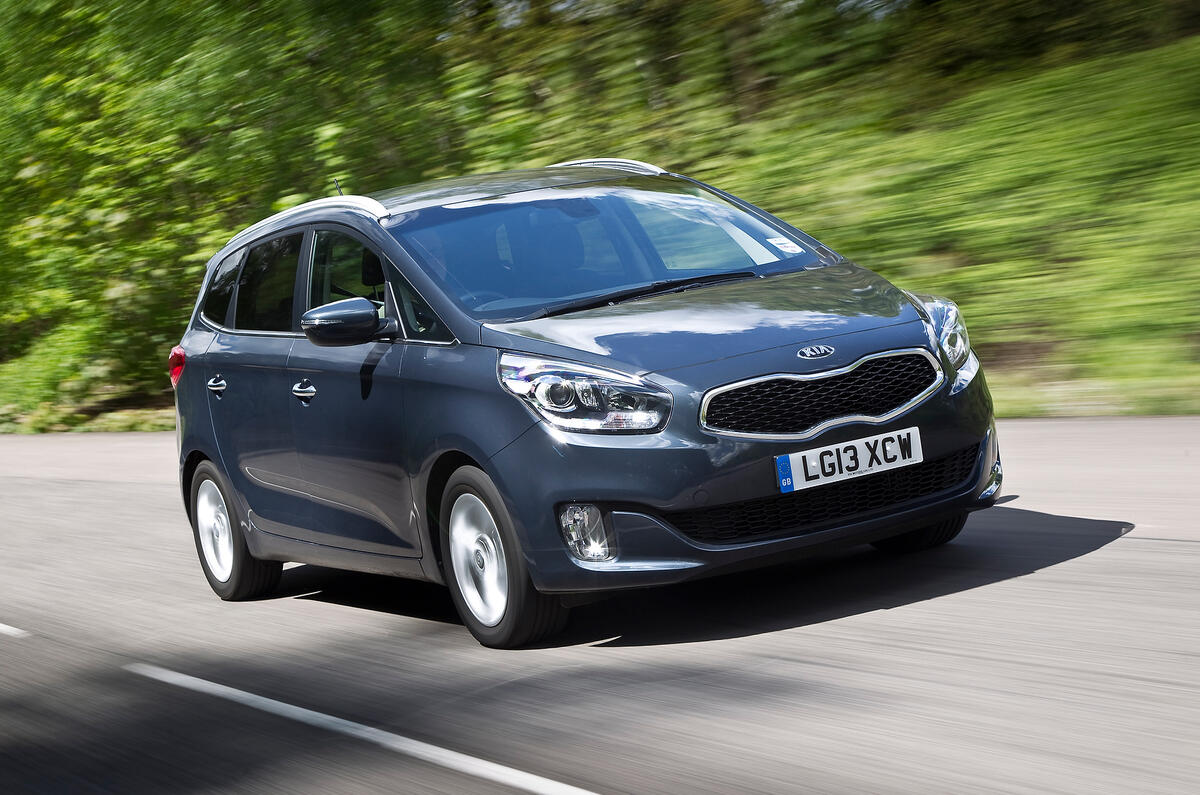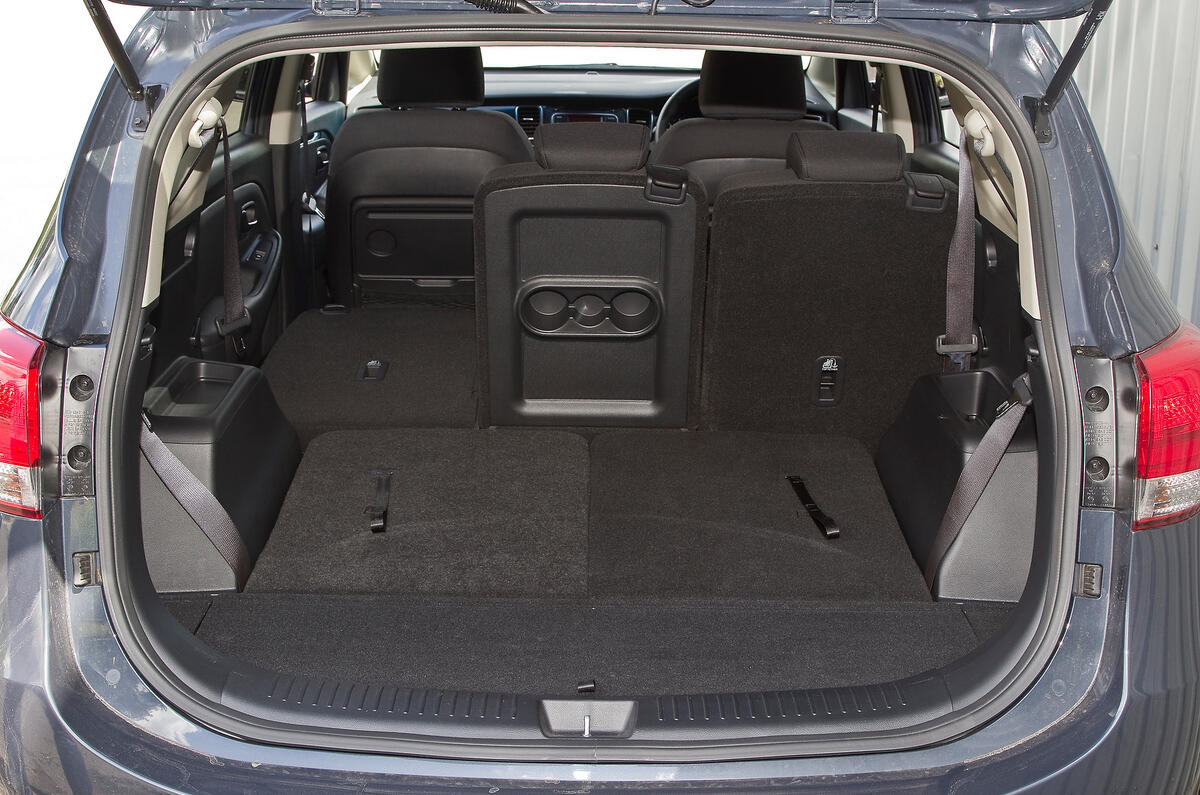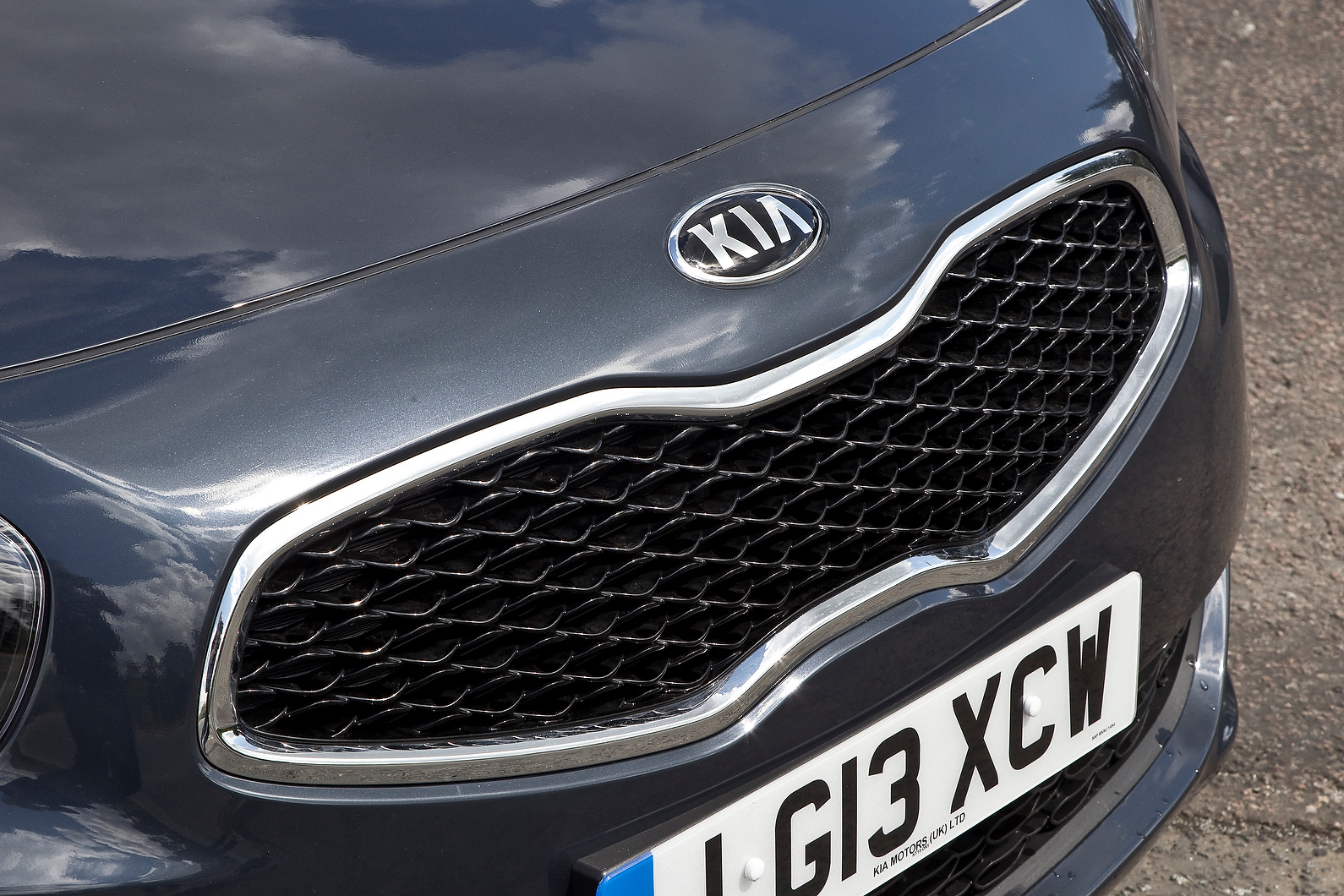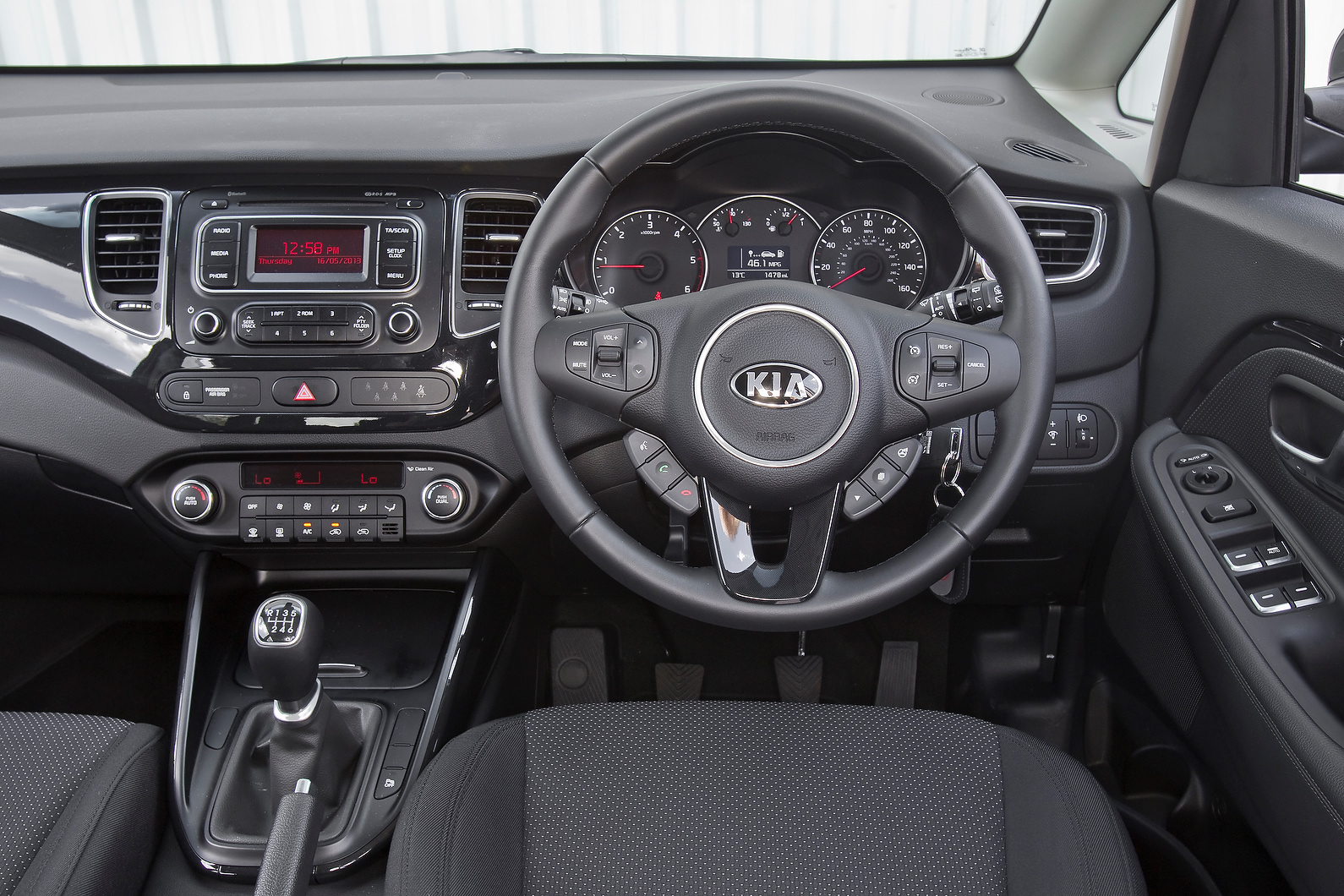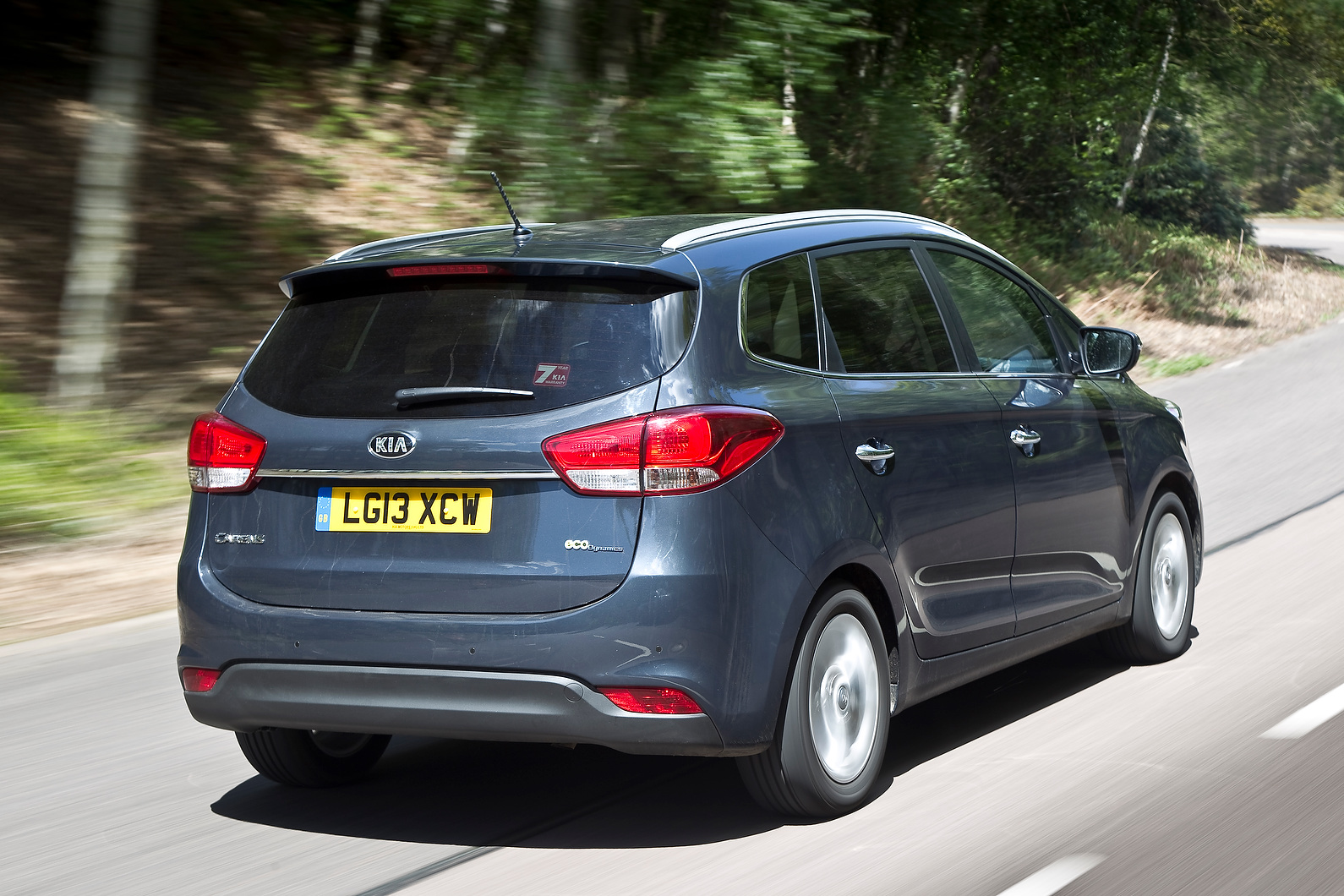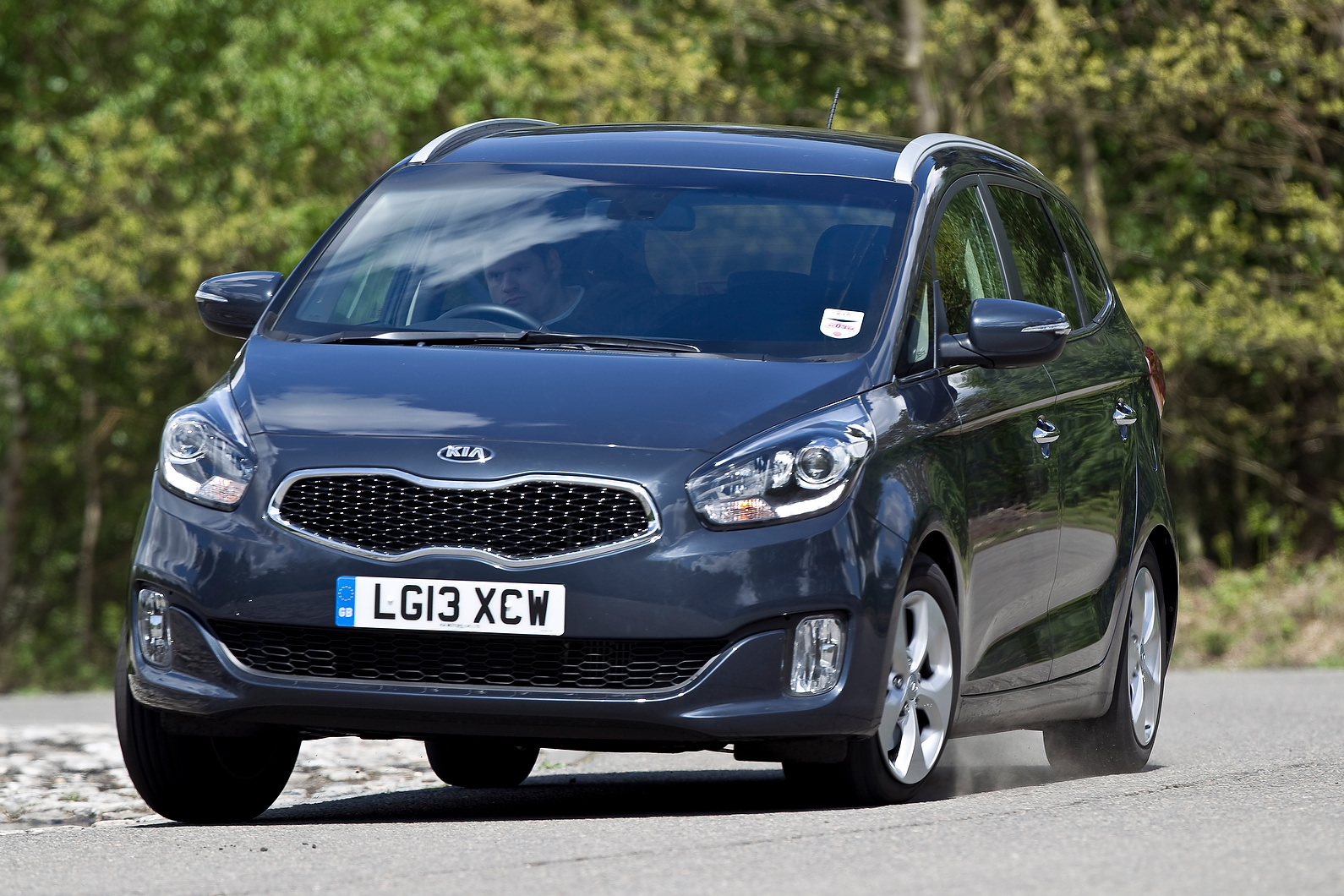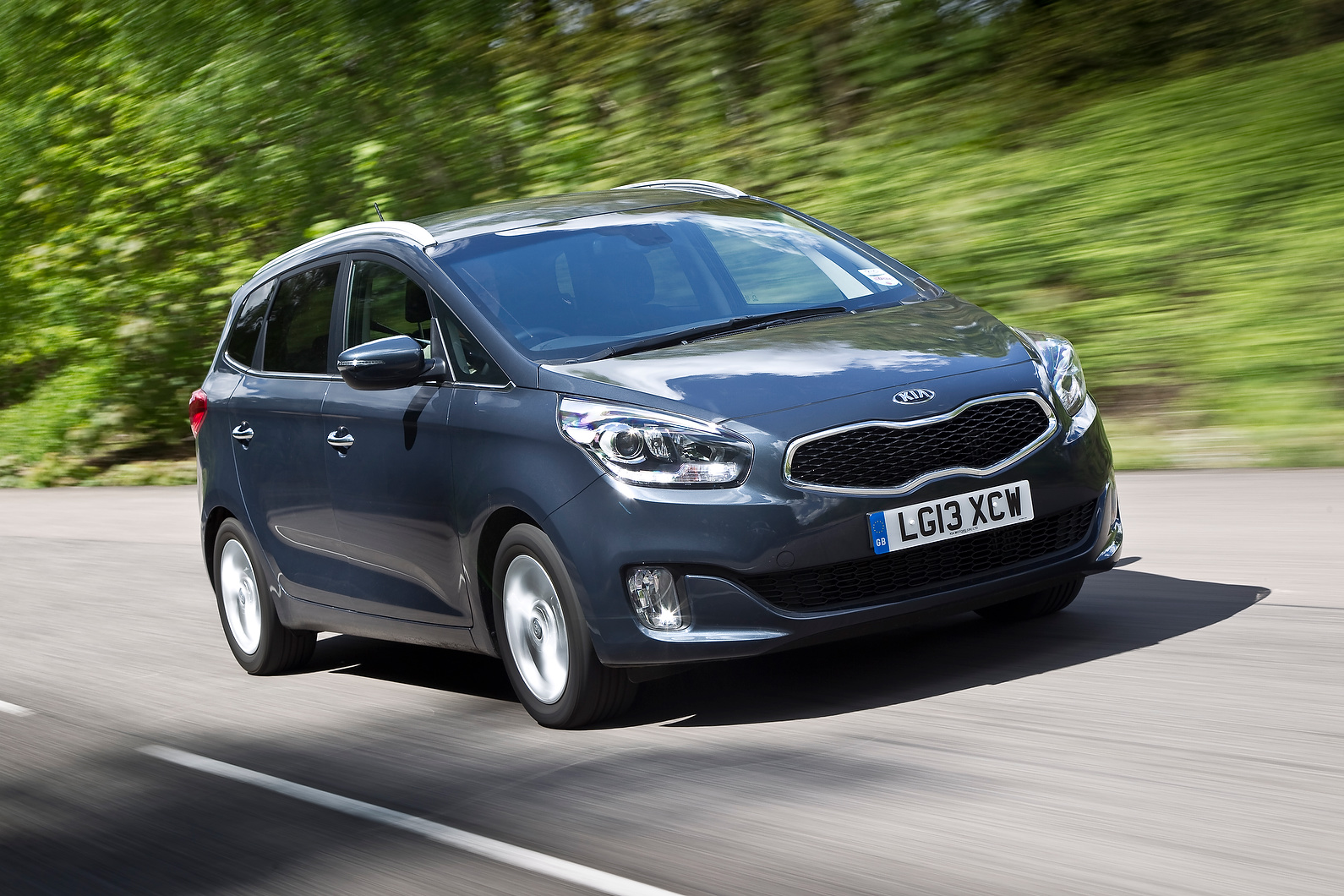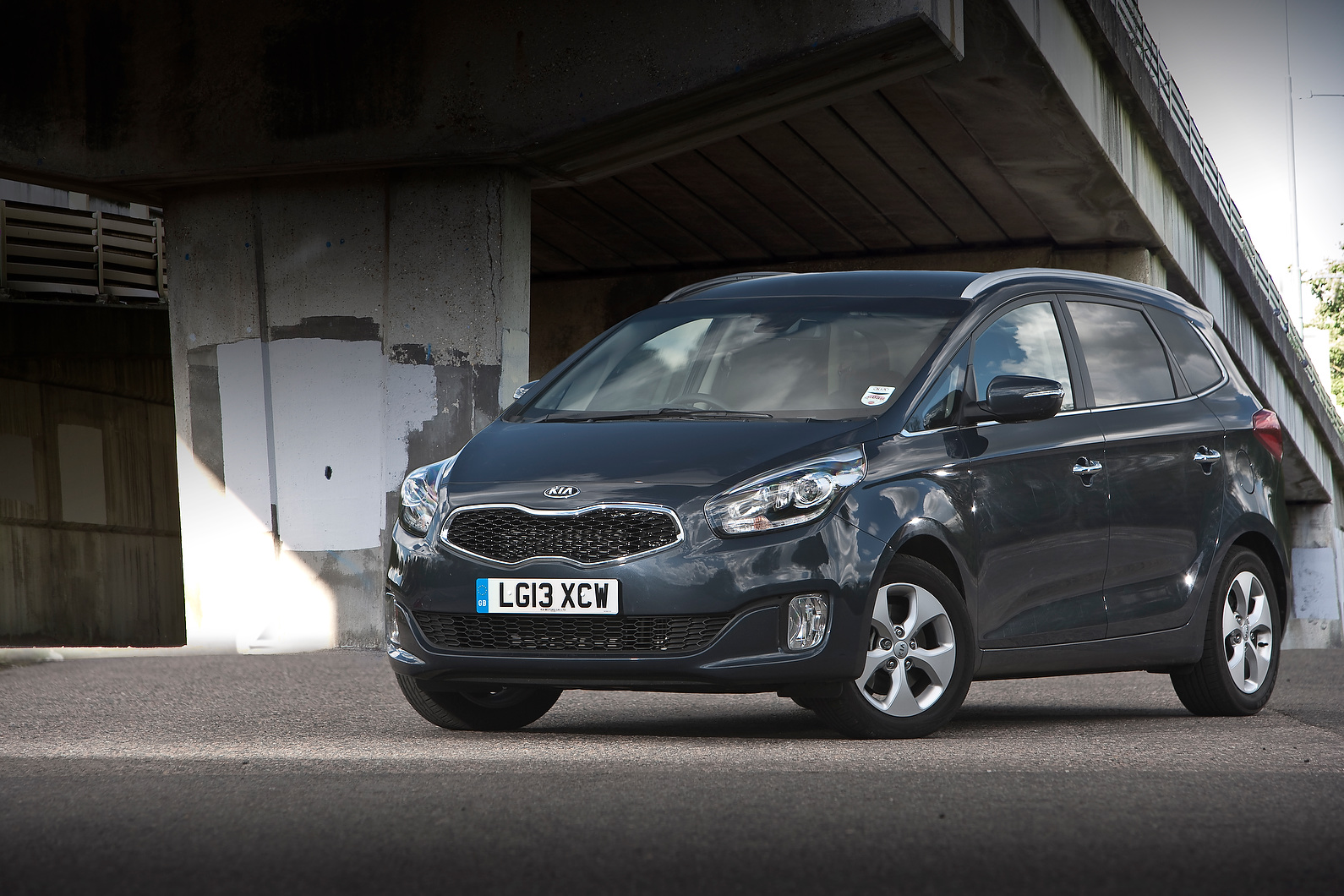Can’t quite recall the previous Kia Carens? Don’t worry; Kia may have been selling its compact MPV in the UK since 2000, but both generations of it did a remarkably good job of living up to their unfortunate name (which means, as it turns out, ‘lacking’ in Latin).
The Carens was arguably the last model built to convey the Korean car maker’s somewhat wonky original message of value and simplicity. To that end, it was a crude four-wheeled box designed unequivocally for the purpose of carrying people. Both aspiration and ego were best left on the pavement before boarding.
If it were possible for Kia to airbrush its model history, the first Carens is precisely the kind of car it would choose to erase from our collective memory. Launched in 1999, the Carens MPV was intended to capture a slice of the global school-run market.
The Caren's clumsiness, however, was a world away from its European competition and it only served to reinforce the brand's frumpy image. A follow-up appeared in 2006, which marginally improved on the formula, but it never gained more than a low market share.
Consequently, this new car – the svelte, all-new, fourth-generation Carens – signals that the brand’s remarkable half-decade revolution is now complete.
It is the final model to receive Peter Schreyer’s transformative design overhaul, and, along with its very European appreciation of class, quality, comfort and refinement, it is better representative of Kia’s deservedly popular 21st century values.



